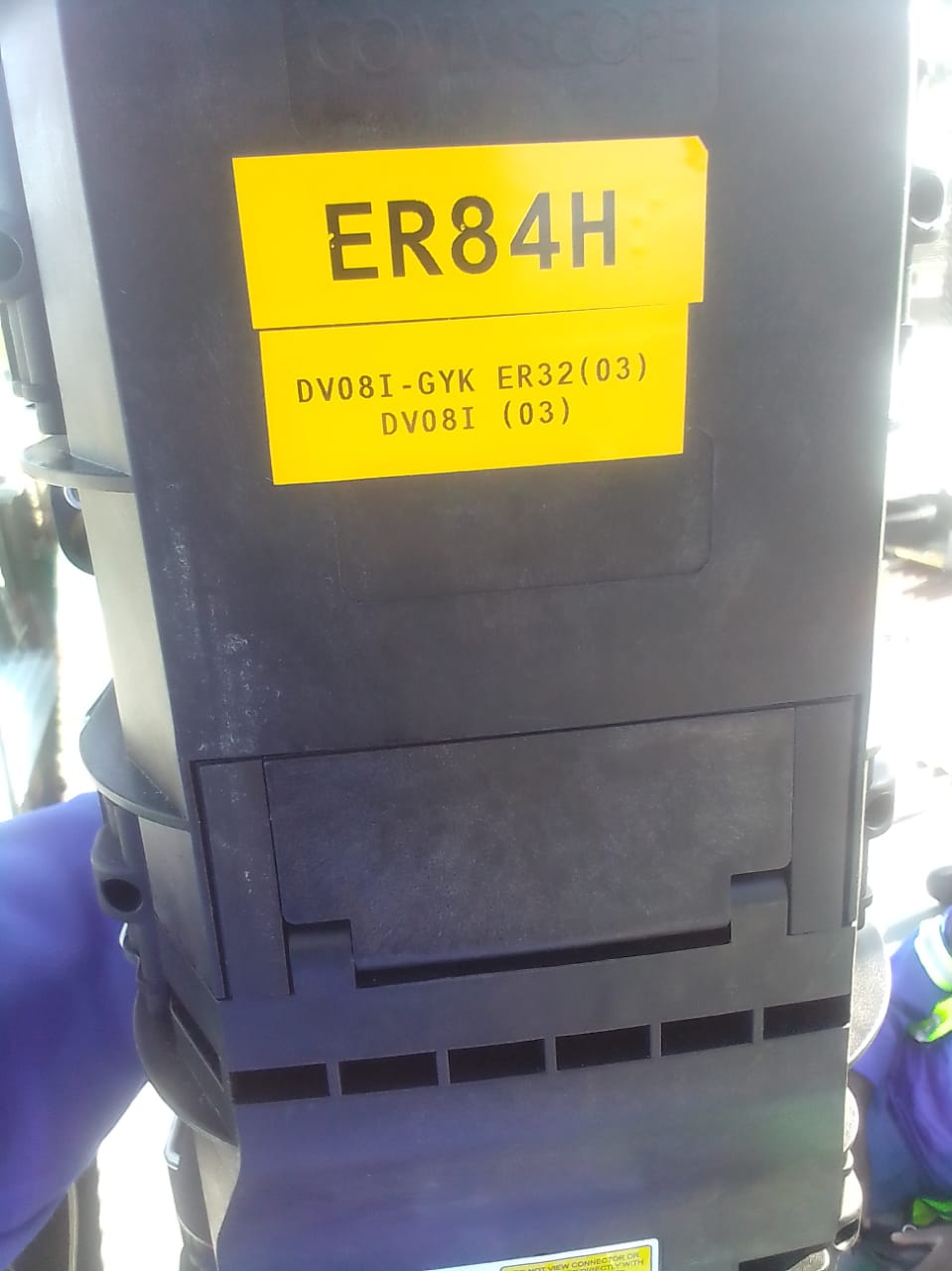Fibre to the home (FTTH), also called “fibre to the premises” (FTTP), is the installation and use of optical fibre from a central point directly to individual buildings such as residences, apartment buildings and businesses to provide unprecedented high-speed Internet access. FTTH dramatically increases the connection speeds available to computer users compared with technologies now used in most places.
While FTTH promises connection speeds of up to 100 megabits per second (Mbps) — 20 to 100 times as fast as a typical cable modem or DSL (Digital Subscriber Line) connection — implementing FTTH on a large scale will be costly because it will require installation of new cable sets over the “last links” from existing optical fibre cables to individual users. Some communities currently enjoy “fibre to the curb” (FTTC) service, which refers to the installation and use of optical fibre cable to the curbs near homes or businesses, with a “copper” medium carrying the signals between the curb and the end users.
An optical fibre is a flexible, transparent fibre made of high-quality extruded glass (silica) or plastic, slightly thicker than a human hair. It can function as a waveguide, or “light pipe”, to transmit light between the two ends of the fibre. The field of applied science and engineering concerned with the design and application of optical fibres is known as fibre optics.
Overview
Optical fibre is widely used in fibre-optic communications, which permits transmission over longer distances and at higherbandwidths (data rates) than other forms of communication.
Fibre is used instead of metal wires because signals travel along themwith less loss and are also immune to electromagnetic interference. Fibre is also used for illumination and are wrapped in bundles so thatthey may be used to carry images, thus allowing viewing in confined spaces. Specially designed fibre is used for a variety of other applications, including sensors and fibre lasers.
Optical fibre is typically include a transparent core surrounded by a transparent cladding material with a lower index of refraction. Light is kept in the core by total internal reflection. This causes the fibre to act as a waveguide. Fibres that support many propagation paths or transverse modes are called multi-mode fibre (MMF), while those that only support a single mode are called single-mode fibre (SMF). Multi-mode fibre is generally have a wider core diameter and are used for short-distance communication links and for applications where high power must be transmitted. Single-mode fibre is used for most communication links longer than 1,000 meters (3,300meters).
Joining lengths of optical fibre is more complex than joining electrical wire or cable. The ends of the fibre must be carefully cleaved, and then spliced together, either mechanically or by fusing them with heat. Special optical fibre connectors for removable connections are also available.














